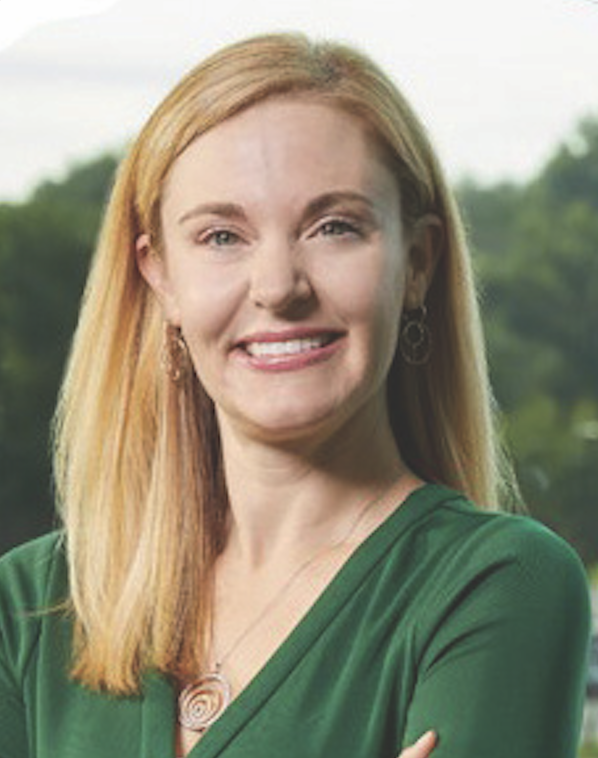HOME | ABOUT US | MEDIA KIT | CONTACT US | INQUIRE
HOME | ABOUT US | MEDIA KIT | CONTACT US | INQUIRE
Multiple risk factors could work against women investing at the highest levels.
 While many of the unique decisions facing high-net-worth and ultra-high-net-worth individuals are the same regardless of gender, female investors in either group often face additional challenges when compared to their male counterparts. Reasons include societal expectations, gender norms and longer life expectancies—all of which collectively influence women’s financial decisions, charitable-giving strategies and legacy planning.
While many of the unique decisions facing high-net-worth and ultra-high-net-worth individuals are the same regardless of gender, female investors in either group often face additional challenges when compared to their male counterparts. Reasons include societal expectations, gender norms and longer life expectancies—all of which collectively influence women’s financial decisions, charitable-giving strategies and legacy planning.
In general, women tend to take a different approach to financial decision-making than men. Studies have shown women are often more risk-averse and tend to prefer investments with steady returns. Because of this tendency to prioritize wealth preservation over aggressive growth, women’s investment portfolios might be more heavily allocated to bonds and other low-volatility or income-producing assets rather than stocks and other growth-oriented assets.
While their portfolios may be allocated more conservatively, women are more likely than men to own stock in a brokerage or retirement account (62 percent of women own stock compared to 59 percent of men). Women are also more likely than men to employ a longer buy-and-hold strategy in their investment portfolios, trading less frequently (which has been shown to drive better long-term performance, with studies showing between 0.4 percent and nearly 1 percent in outperformance).
Despite the growing global wealth of women (estimated at $81 trillion in 2023, up from $34 trillion in 2010), women at these levels often face gender bias. Historically, financial services has been a male-dominated industry, with some advisers marginalizing or misunderstanding their female clients. As a result, women can receive less thorough or generic advice that doesn’t account for their unique needs and preferences. For this reason, women will sometimes form their own investment networks, collaborating with other women investors to share opportunities and insights. With women making up 44 percent of Ultra High Net Worth individuals in the U.S., there’s growing demand for female financial advisers and wealth managers offering personalized, comprehensive and empathetic guidance.
Women typically have longer life expectancies than men, which can have significant implications for financial planning. A longer time horizon not only magnifies the possible impact of inflation, but also means women need to account for potentially higher health-care and long-term care costs over their lifetimes. A customized financial plan that accounts for increased longevity and the associated impacts of inflation and health-related expenses is critical so that women have a higher probability of achieving their long-term spending and wealth transfer goals.
When it comes to impact investing and sustainable development, HNW and UHNW women show a growing interest in aligning their investment strategies with their social and environmental values. As such, they may seek out opportunities to invest in companies and projects that promote sustainability, social equity and positive environmental outcomes. This approach reflects a broader shift toward responsible investing and demonstrates women’s preference for using their wealth to support positive change.
In legacy planning, women often include a stronger emphasis on family and community and are more likely to consider the broader impact of their wealth on future generations. They may prioritize setting up charitable trusts, foundations or donor-advised funds to help ensure their philanthropic vision is carried forward. Women also tend to involve their children and other family members in legacy planning discussions, fostering a sense of shared responsibility and community.
Many of these women juggle multiple roles as professionals, philanthropists and family members, and balancing these responsibilities can influence their financial decisions and priorities. When it comes to charitable giving, HNW and UHNW women donate almost twice as much as HNW and UHNW men. While women have always been involved in philanthropy, much of that work historically was done behind the scenes, with either no direct acknowledgement or credit given to their husbands. Women are now more likely to be directly credited for their philanthropic efforts. Women with successful careers or businesses may be more inclined to support initiatives that empower other women and promote gender equality in the workplace, as their personal experiences often shape their philanthropic vision and drive their commitment to creating opportunities for others. Meanwhile, other women may prioritize philanthropy that creates social impact, supporting causes such as education, health care, and social justice initiatives.
It’s clear HNW and UHNW women investors face circumstances that influence their financial and philanthropic decisions in different ways than men. By recognizing and addressing each individual’s distinct needs, financial advisers and wealth managers can better support HNW and UHNW women in achieving their financial goals for themselves and future generations.
This commentary is provided for general information purposes only, should not be construed as investment, tax or legal advice, and does not constitute an attorney/client relationship. Past performance of any market results is no assurance of future performance. The information contained herein has been obtained from sources deemed reliable but is not guaranteed.